The maintenance, maintenance and repair of cars - which replace parts that are damaged or worn beyond the permissible standards, is an essential part of the car's use. The problem that car users are concerned about is that which parts should they choose to ensure quality at a reasonable cost when the market has many spare parts in circulation?
To solve this problem, we may first need to re-read some specialized terms and terms a little bit, understand these specialized terms, we will be very easy to choose and make decisions. a reasonable way…
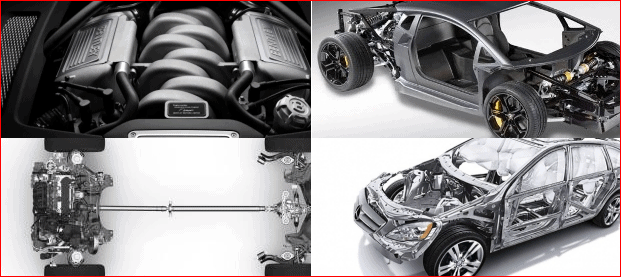
A number of manufacturers are involved in the field of auto parts
As we know, in this era of globalization, each car is produced under the name of a certain brand for example: Toyota, Honda, Audi, Mercedes ... It's just the superficial part, in fact it's Toyota. , Audi, Mercedes ... or any other brands also do not produce all the parts to assemble the entire car by themselves. Instead, tens, hundreds, even thousands of manufacturers provide accessories for Toyota, Audi, Mercedes ... to assemble and paste their brands on the capo and so we must pay attention to These concepts are needed to choose the right one we need:
Types of Auto Parts On The Market Today
In the production of cars, the parts that are fitted with the vehicle at the place of manufacture are called genuine parts. This type of spare parts is manufactured by the automobile manufacturers or original equipment manufacturers (0EM or OE) producing and packaging genuine packaging with the manufacturer's consent.
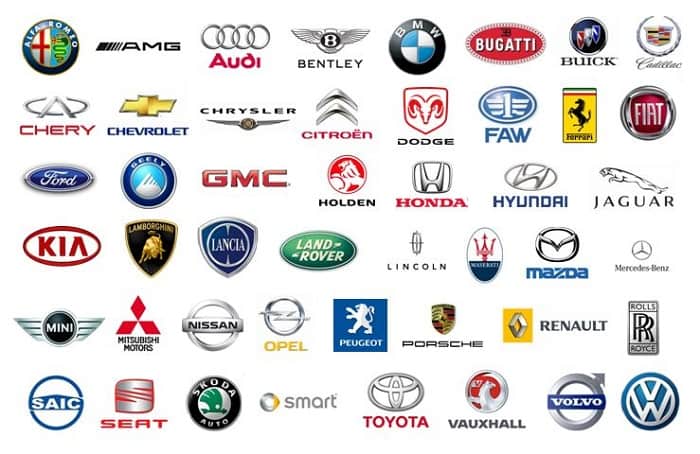
Genuine parts will be produced by that vehicle brand and distributed to all levels of its repair and maintenance agent. For this type of spare part, the company's logo will be printed on the package as well as packed according to a specific standard.
Before genuine parts are distributed to the market, the company's staff will carefully control them to ensure the quality of the parts. Because of the clear origin, the brand standard, there is a genuine warranty policy that this type of spare part has a high price. This also explains why spare parts in the genuine car maintenance garage are higher than in the outside garages.
OE, OEM (original equipment manufactured) or OES OEM (original equipment supplied). 2 the term is similar, all refer to companies that produce parts and supply to assembled automobile manufacturers. Therefore, the quality of these products is completely similar to genuine ones, in most cases you go to the auto dealers to buy genuine parts - where the goods you receive are actually the manufacturers. OE, OEM, OES OEM provides to the company and the distributor to the dealer and then spare parts to your hands, this makes it as an intermediary stage in distributing spare parts ...
A very important point that many people do not know is that in fact many OE, OEM, OES OEM brands not only meet the quality standards required by the firms, but are even authorized by international standards such as part of the ISO certification and in most cases automakers always have more than one supplier for a particular part assembled on their vehicle (which reduces the risk when the supplier has problems - also does not affect the car production in the process of production and warranty, repair ...)
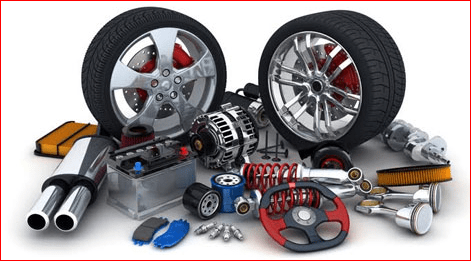
Diversity in types and quality.
For example: Denso, Bosch are 2 OEMs, they produce a lot of products for car manufacturers. Take the case as their spark plugs are manufactured for Toyota, then pack the Toyota - it is genuine. But when they market it under their own brand - Denso or Bosch, it's OEM. These spark plugs are also completely interchangeable, interchangeable ...
Due to the proliferation of automobile corporations, original parts manufacturers can sell parts under many brands. Moreover, in fact, many parts manufacturers are considered OES, OEM when their parts are mounted on vehicles under another brand.
Aftermarket - aftermarket parts are copies of OE parts (a generic term for manufacturers of original car parts). In many cases it is made to offer a lower price for the option.
Why is there no aftermarket spare parts for new cars? Most vehicles will require some repair work during the first and second year. And many spare parts for these repairs are only available through car dealers.
Often OEM and OES companies cannot sell spare parts for new cars entering and leaving the market after sales (due to agreement), until several years later. This restriction allows carmakers to recoup the costs of their equipment. Even so, it's only your interest for replacement purposes during the car warranty period.
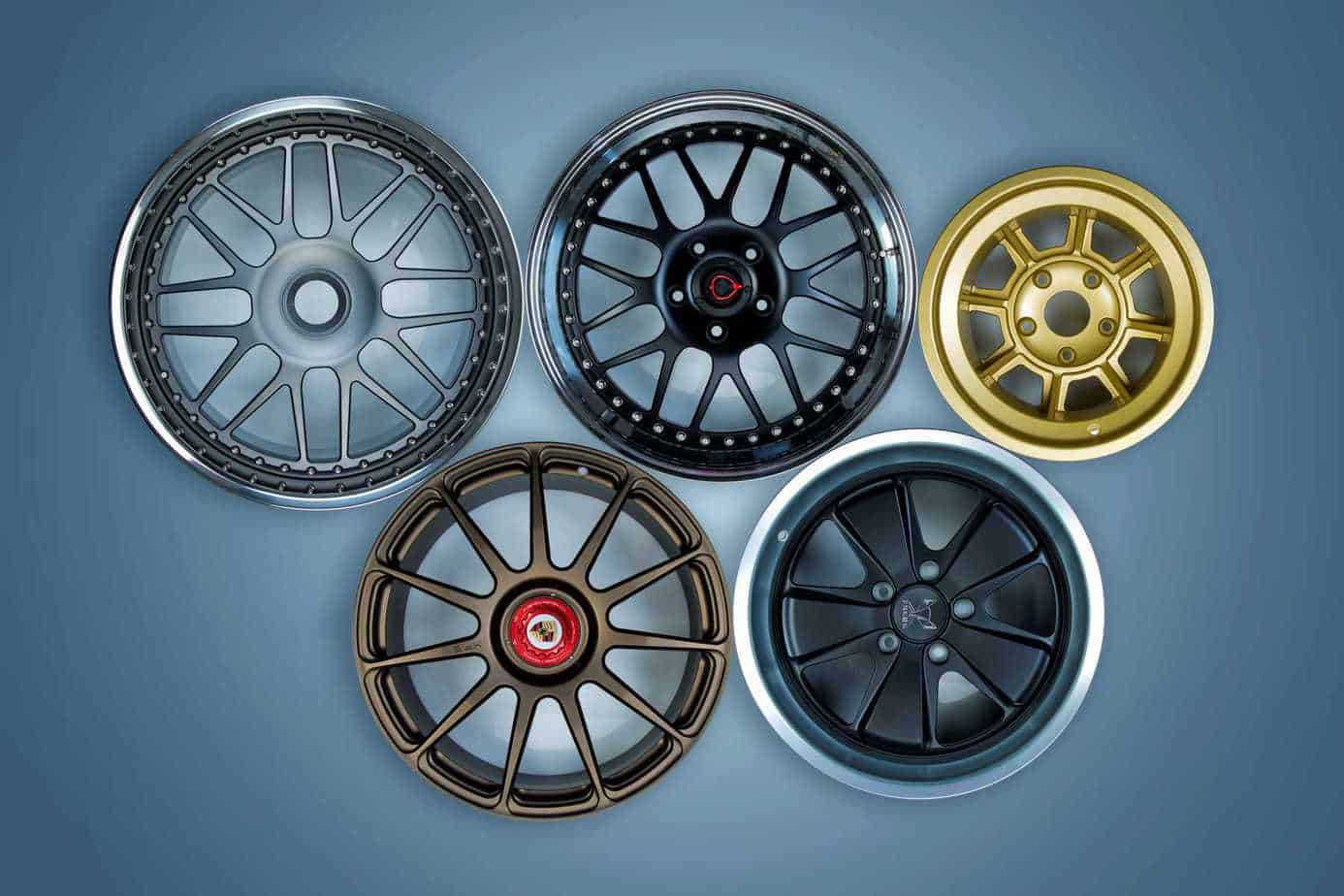
Note, however: a copy of OE spare parts is available on the market. In many cases, this is done to provide a lower cost alternative. But in many cases the benefit of the lower price is much less because of its major drawback - it's often a poorer product, a shorter lifespan and makes your costs higher out of the box. repair times. It is also only the most efficient way to compete on price with other genuine parts. Besides, most of the customers who only care more about price than efficiency, will be interested in these parts.
Numerous manufacturers sell their products to the market with the quality they register or not, most of them do not supply to assemblers ... low prices and quality must be very careful. ...
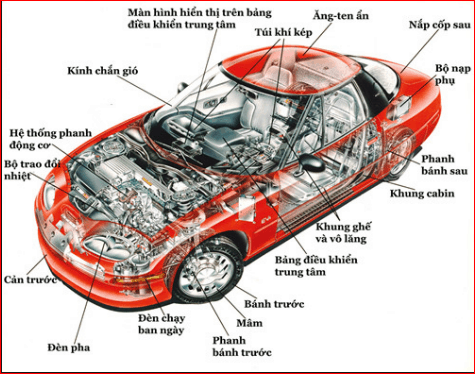
Some systems on cars.
Bosch is a major European automotive parts supplier, supplying OE parts to nearly all car manufacturers worldwide. Bosch makes thousands of different parts for the vehicle - from fuel pumps, generators, engines, sensors, electronic switches to lighting systems and filter injectors. In fact, Bosch is the OE brand for the largest car manufacturers worldwide.
Behr / Hella has long been known for parts of refrigeration equipment and cooling systems on Mercedes Benz and BMW. From radiators to air conditioners, control systems, Behr is an OE brand on many European cars. Its name is found on many refrigeration equipment and many parts and components of the cooling system for some parts of cars.
OSRAM - a company under the Siemens group - is one of the two largest manufacturers in the world of bulbs and lighting systems. OSRAM produces more than 5.000 different types of bulbs and lighting systems for all areas of life including civil, industrial, urban, theater, cinema, automobile and motorcycle, and specialized lighting. and industry. Currently, Osram has invested in building a factory in Vietnam.
VDO-Siemens is world famous for its electrical parts, pumps, sensors and switches. An OE brand on many European cars, VDO is now part of Continental Automotive GmbH. Continental acquired Siemens VDO Automotive in December, 2007.
Philips is a famous brand for lighting equipment. Philips light bulb brand has been affirmed in the market of technology and quality.
Mobis is a leading spare part supplier for Korean car manufacturers such as Hyunda, Kia….
Vartar is a leading battery manufacturer with more than 125 years of experience, brand and quality that has been affirmed worldwide.
Continental (Conti, or Contitech), is an OE supplier of belts, longer than any other brand on the market. Continental also produces a lot of OE tubes found on your vehicle. Now with the Rein automotive brand, Continental OE offers quality replacement filters, gaskets and other maintenance items.
Kolbenschmidt is an OE brand that can be found on hundreds of quality metal parts throughout the European car market - engine blocks, pistons, bearings, induction tubes, water pumps and premium components other.
Mahle-Knecht, Hengst, Mann are the suppliers of high quality OE in Europe for automotive filters. Air filters, fuel filters, oil filters, deodorizing filters…. are used for most common maintenance in cars today and these brands guarantee high quality, specification and efficiency.
Meyle Located in Hamburg (Germany), offering a range of enhancements that increase quality, extend the life, for a wide range of products such as rod bars, water pumps, couplings, fork, rubber, accessories bales and more, for European cars.
Meyle engineers analyzed the damaged parts of the vehicle, especially while the vehicle is in service, to develop and develop improvements that exceed the reliability and longevity of the parts. Original OE. Whether it's bracing bars, aluminum spokes, rotor joints, and high-strength rubber bearings, Meyle optimized the original part design to deliver superior quality products. With more than 50 years of experience in the European market, Meyle has distinguished its products from over 750 branded "HD quality" innovations, optimized spare parts and improved sessions. OE version.
GMB - The Asian manufacturer offers a wide range of OE parts (bearings, water pumps, clutches and more) for both Asian and European cars. Its durable design makes these products the best you can buy for Asian cars.
Denso is a leading supplier of spare parts for car manufacturers, especially Japanese car manufacturers. DENSO provides high quality products for After Market with a variety of types, suitable for all models of the market. Highlights include: Spark plugs, Whistles, Ashtrays, air-conditioning systems, Oil filters, fuel injection systems for Diesel engines.
Optibel - is an OE belt products supplier based in Germany with 140 years of manufacturing experience, currently a leading manufacturer of industrial and automotive belts. Including wires: Vbelt, Timing belt, Ribbed belt ...
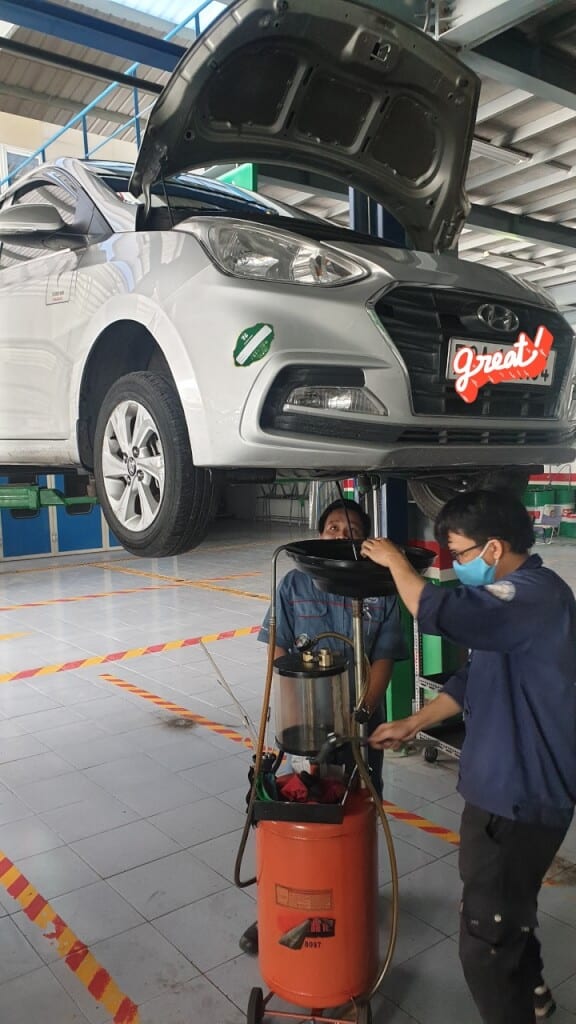
We do not trust in imitation or copy products and market products, we always encourage customers to focus on OEM, OES OEM products, in case of necessity, it is genuine. We advise customers towards the suitability in price and quality of use. Usually, OEM products are 20% - 30% lower than the genuine ones, depending on the parts used for the machine - undercarriage or electric - and have equivalent quality.
We have researched the best brands for each part of the vehicle and offer only brands that meet our stringent quality.
We also believe in choice for our customers. A lot of spare parts are available in both OEM and OES brands at a different cost, which gives you a choice of parts that better suit your requirements.
We are always ready to serve you, please contact us:
Hotline: 0934222763 - 0934797179
See more good articles in the forum Blog Share of Thanh Phong Auto
Cars Care Service Price Sheet At Thanh Phong Auto HCMC VietNam:
* The cars that we have mechanics: Mercedes, BMW, Audi, Lexus, Toyota, Honda, Mazda, Mitsubishi, Kia, Daewoo, Hyundai,Ford, Nissan, Volkswagen, Porsche, Chevrolet, Rand Rover, Innova, Fortuner, Vios, Fiat, Bugatti, Ferrari, Bentley, Hummer , Chrysler, Dodge, Renault, Cadillac, Volvo, Subaru, Daihatsu, Ssangyong, Roll-Royce, Peugeot, Smart Fortwo, Tobe M'car, Luxgen, Zotye, Haima, Geely, Baic, Hongqi, Cmc, Mini Cooper, Buick, Opel, Acura, Aston Martin, Vinfast, TQ Wuling.
To keep your vehicle running properly at all times, we offer a number of services that are carried out by our certified, expert auto service and repair technicians who have years of experience performing everything from oil changes to a complete engine overhaul.
LEAVE COMMENT
1 Commentary
I want to find spark plugs suitable for nissan bluebird Se saloon 1992 cars